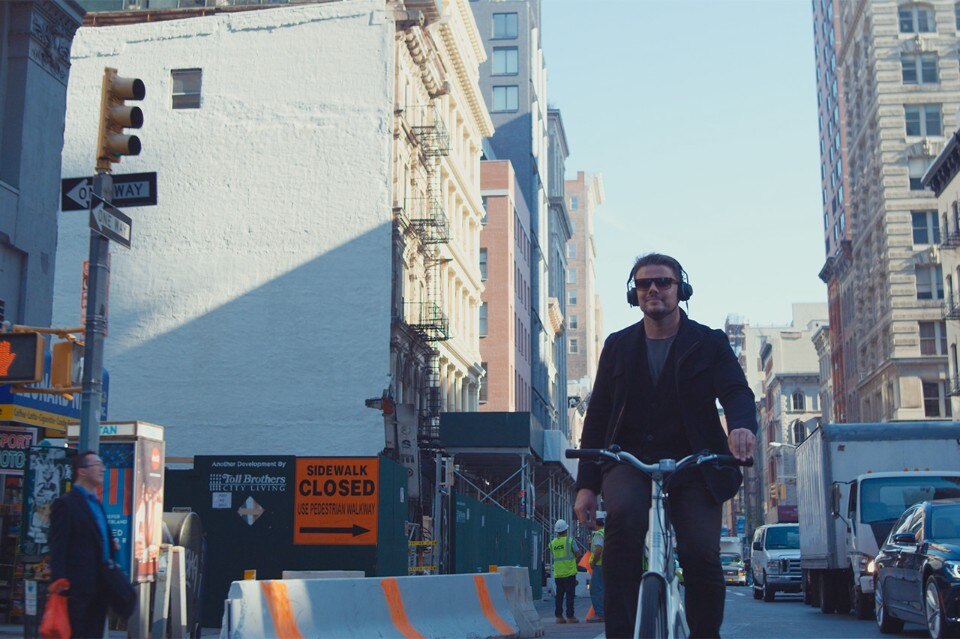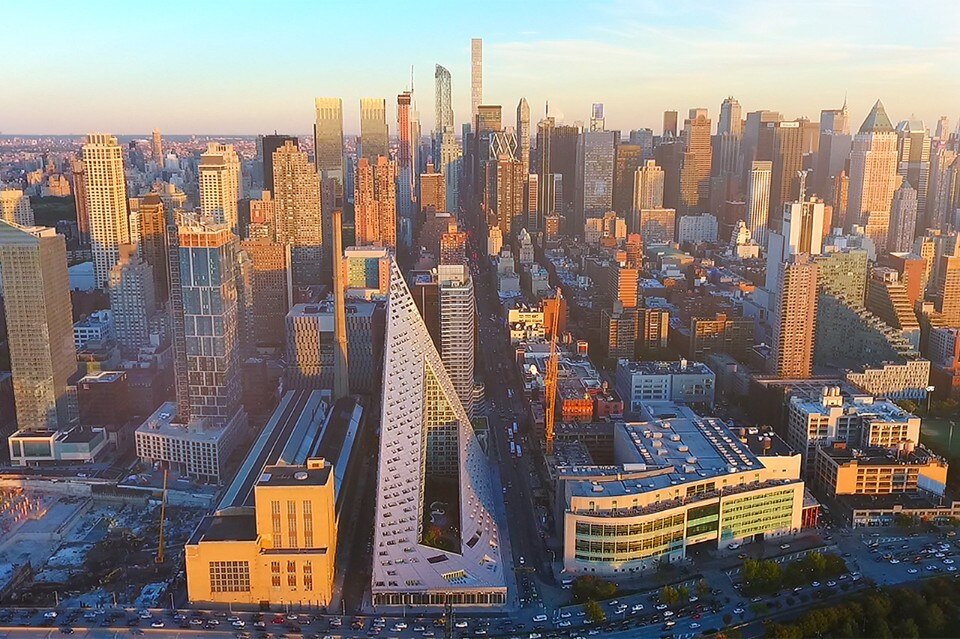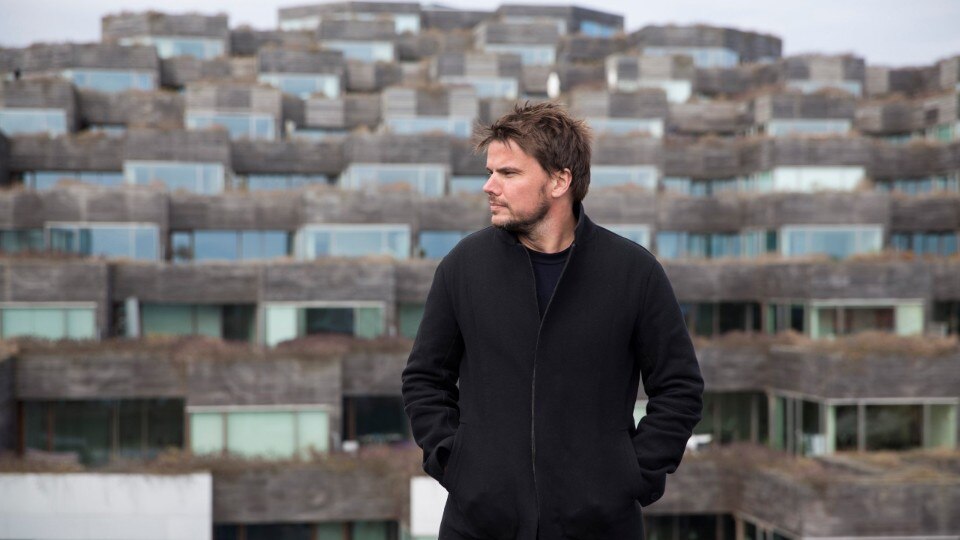Bjarke Ingels is afraid of dying. In J.L.Borges short stories, time passing is color fading. A curtain from red vanishes in pink, behind Argentinian warm windows and sunshine.
Colors. Paint is not eternal: this is why the Danish architect does not like it for exterior facades of his buildings, and he says it in the documentary Big Time, released on May 3 and projected during Milan Design Film Festival (Italy). A man, mortal, who deals with time passing and need of eternity entrusted to his creations.
Vainglory? Maybe. We can not blame him, he is not the only one. But most of all Big Time tells the story of a man who compromises with his 40 years, considering the past and sensing the end. He imagines the end coming suddenly, as it happened to other famous architects: Le Corbusier (dead drowned), Gaudì (invested by a car), Carlo Scarpa (head trauma).

On the day of his fortieth birthday, Ingels celebrates in his New York studio. In the old continent, from across the world and streamlined, there are young architects (wearing Ingels masks) from Copenhagen, where everything started. This is the headline from the architect speech: “It will also happen to you to be 40, there is nothing to do about it. But believe me, the alternative is even worse”.
The documentary has a (oh! psychanalitical) chronological structure: it starts from the family. Young Bjarke has worked as bell boy, has done a thousand manual crafts. What he’s never liked is working as a telephone poll man. As a matter of fact, if manual job leaves the thought free, the pollster is an abuse of thought: asking commissioned questions, listening to the answers.
And it is precisely when, due to a skull trauma, his abilty to think is attacked that Bjarke realises he has an end. Not just physical: an intellectual man’s life ends with his thoughts. The stronger points in the documentary are those in which the architect explains his projects, visionary and transversal: “If we always do what we are asked, we become like other architects. We want to give the world something that does not exist”. Never forget: the sheet is always white at the beginning.

Ingels explains the idea of Amager Bakke power plant with its three ski slopes. The spectator is almost shivering when he tells the idea of the Piramyd of New York: a mix of eclectic influences, with a out-of-ordinary North european sensibility for light penetration. Beautiful are the frame showing his profile (he has a wonderful set-square shaped nose).
He closes the circle on death, confessing he has suffered of claustrophobia during a brain scan test (the machine replicates a coffin). His considerations on the Sidney Opera Theater confirms the necessity – of the ego – lo leave a masterpiece to be remembered. A so powerful buinding that it has become a symbol of a continent, a place, even trascenging the creator – with the same ineluctability/unidentity of Ancient Greek poetry.
The weak part of the documentary is love: it seems an obligation, a social necessity. Images traspositions are stereotyped. Moreover, the most interesting love stories to tell are the unhappy ones. And, as writer Sandor Marai wrote, are the only ones eternal.
- Title:
- Big Time
- Director:
- Kaspar Astrup Schroeder
- Production:
- Sonntag Pictures
- Year:
- 2017


